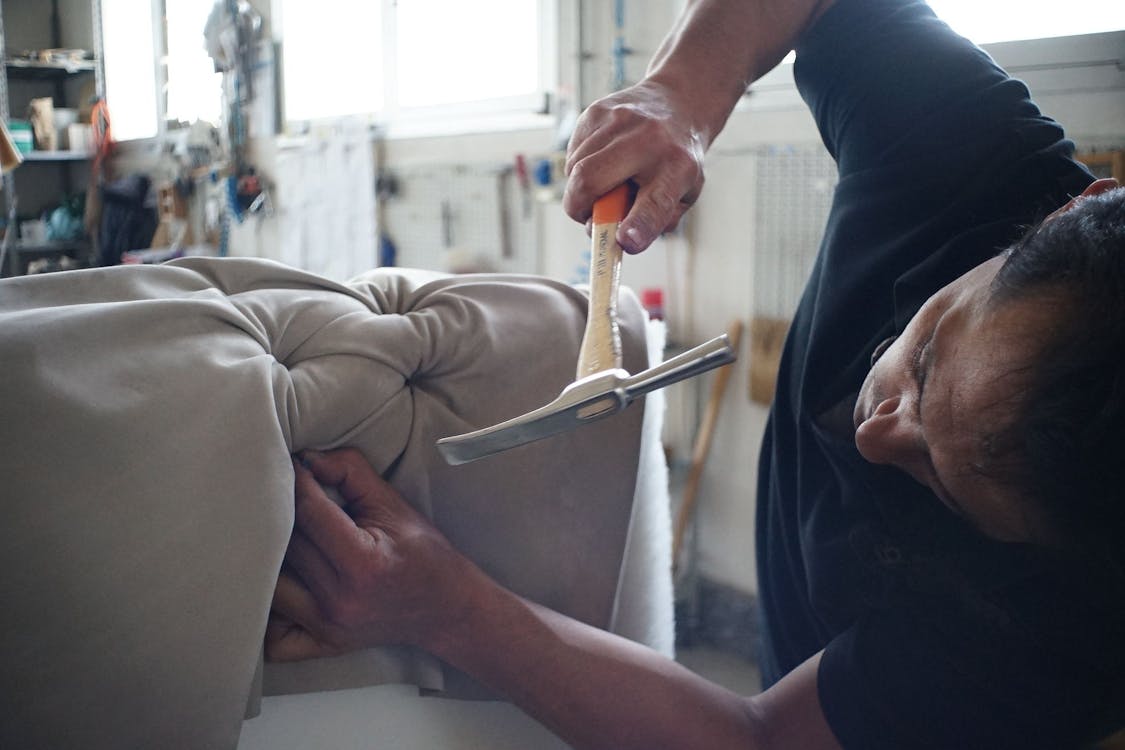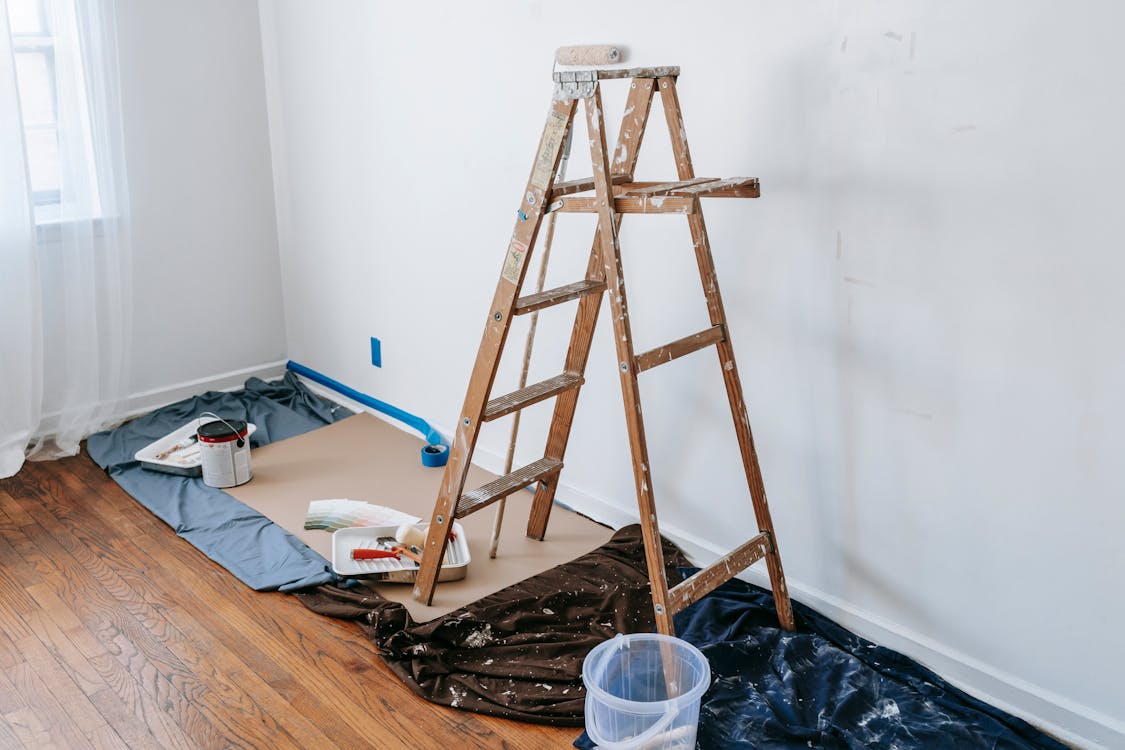“Flipping” refers to buying an item and then reselling it for a profit. In recent years, flipping has become a lucrative side hustle, and in a few cases, a full-time income. However, flipping is not a cakewalk. It requires consideration of prices, logistics, and the ability to take the right picture. However, there’s also a more fundamental consideration: which items to flip in the first place. If you’re looking to start flipping, here are six excellent ideas that will give you a good starting point.
1. Clothing
Clothing flipping has become a significant category in the world of flipping. Apps like Poshmark and Mercari have made it big business without much hassle. Clothes can be bought at thrift shops and overstock websites at steep discounts and then sold to deal-hungry customers below retail prices. There are also many videos on Youtube from clothing flippers who share their strategies.
2. Electronics
Due to the high prices of computers, TVs, and smartphones, many customers are looking for deals. Electronics flipping has some parallels to clothing flipping: Mercari can serve as the marketplace, and you can buy your inventory from overstock sites. Plus, there is a wealth of free tips and information available online.
However, due to the higher prices, electronics flipping requires a much greater financial commitment than clothing flipping. Still, it has one big advantage: when you buy electronics overstock, you generally know what you’re buying, while with clothing, you won’t know until it arrives.
3. Furniture
Furniture is another category of expensive items that are ripe for deals. Additionally, due to the risk of pests from used furniture, a deal-seeker needs to have some assurance that their new couch or bed is bug-free. Enter the furniture flipper. A reputable furniture flipper can act as a middleman between people getting rid of old furniture and buyers of relatively inexpensive new furniture, making a hefty profit in between.
If you can upholster furniture, that’s even better: you can buy up ratty old furniture, reupholster it, and sell it at a much higher price. You might occasionally be able to get free inventory through Freecycle, so keep an eye out. However, the obvious drawback to furniture flipping is the space required to store your inventory. If you have a lot of unused storage space, this could be for you.
4. Motor Vehicles
Are you mechanically inclined? Do you have access to cheap car parts? Then maybe you can flip cars and trucks. In fact, dealerships do something similar all the time whenever a customer trades an old car in for a new one. A certain amount of the car’s value goes toward the price of the new one, and the dealership repairs the old car as needed and sells it for a profit.
So if you’re not a dealer, where do you find cars? Look on the street. Occasionally, you will see a car on the road with a “For Sale” sign in the window. You can also advertise with flyers around the neighborhood. However, you want to be careful. Besides space limitations, there are legal restrictions in some places around which activities require a dealer’s license, so seek legal advice before you start.
5. Power Tools
Surprisingly, there can be a lot of money in flipping power tools. To start with, not only is there plenty of demand, but there is also a lot of availability in this niche. Consider this: How many times have you purchased an expensive tool for one specific project and never used it again? We’re willing to bet it’s collecting dust in your basement or garage right now.
Put an ad in Craigslist or the local classifieds stating that you buy used power tools. People looking for quick cash may be willing to make a deal. Also, keep an eye out for yard and garage sales. Many folks sell their tools for pennies on the dollar when they are finished with a project or are moving.
As long as you know what you are looking for, you can clean up the tool, take care of any minor repairs, and resell it for a profit on ebay or a similar online marketplace. Craftspeople are always on the lookout for second-hand tools to save money on their next project.
6. Houses
Houses are probably the most famous items to flip. Everyone has probably seen the house flipping shows on TV or seen ads for training on how to flip houses. They are also the most potentially lucrative, with five-figure profits per flip in many areas.
Needless to say, though, there is a catch to making those kinds of profits. Firstly, you need to have a significant amount of money in the bank. Some people who offer house flipping training claim that you can get started without cash or credit, but this is stretching the truth at best.
Secondly, each house flip requires an extensive network of people to make it possible. At a minimum, you would need a title agent, a lawyer, an inspector, and an appraiser. Very successful house flippers would also enlist agents, brokers, contractors, lenders, and even other house flippers. And finally, since real estate has holding costs (yes, just owning a house costs money), it becomes imperative to sell the house quickly so expenses won’t pile up.
Starting Your Flipping Empire on a Shoestring Budget
While flipping can be pretty lucrative, you may need a little extra cash on hand to get set up. If you don’t have any money to work with, it can be harder to get started with this hobby. If you are serious about flipping items to make a profit, you can earn some money to get started with paid online surveys.
Many people find that legit survey sites allow them the chance to earn enough to start an additional, more profitable side hustle like flipping. There are no special skills to get started, and it’s easy to begin making money right away. All you need to do is sign up and start taking surveys for cash. You can even take surveys for gift cards to use toward retail flipping if that’s the route you choose.
Conclusion
Flipping can bring significant profits, but finding the right kinds of items is imperative. Furthermore, you need to be aware of each type of item’s logistical, legal, and skill requirements and figure out if this gig is right for you. Then, you can set about turning flipping into a source of income.













